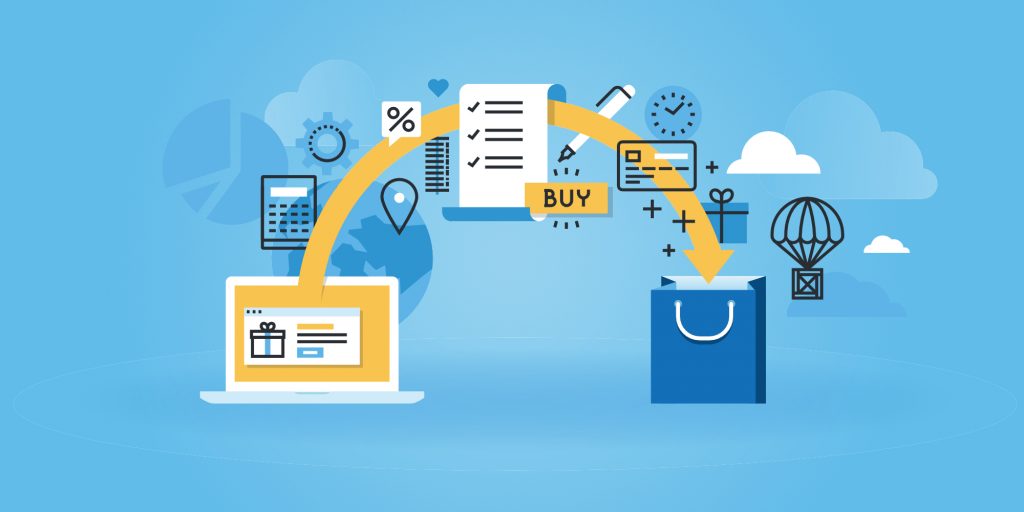
If you have an ecommerce store and you’re not making many sales, or you think there’s potential to make a lot more, read on!
In this blog post we run through our top tips and basic strategy for ensuring your online store has the best chance of making those all important sales.

Define Your Audience
Firstly you need to define your audience. Who are your primary customers, thinking about demographics, location, where do they spend time online, when are they online and on what devices?
You might have existing data which could help with this, either from Google Analytics or from your order data.
Use this information to help build your online marketing strategy.

Create a compelling offer.
You might think you have a compelling offer, but there are two main ways of researching whether that’s the case.
One is by carrying out some research on your customers. You could do this by surveying them directly or by noting reviews and feedback via your social media channels. You could also analyse website data to see whether you have a lot of abandoned sales or a high bounce rate.
The other is by having a look at your competitors. Is your offer really as good as theirs?
For example, if your target audience is mainly driven by price and you are selling a generic, rather than unique product, it’s not going to be a compelling offer if your product costs more than your competitors or has a longer delivery time.
Be clear about what makes your offer more compelling and make sure your USP comes across in all of your marketing material.
Reach your Target Audience with your Compelling Offer
This might sound obvious, but way too often we see clients who know who their audience is, have defined their offer, but are still not reaching the right people with the right message.
This is generally because they are struggling on the technical side of digital marketing. Here’s some basic tips on the four main platforms we assist ecommerce clients with:
#Tip 1: Google Shopping To make sure your products appear when someone searches for them on Google Shopping, ensure all the keywords you want your product to appear for are written in the website product title and description. More Google Shopping Tips here.
#Tip 2: Facebook Ads Make sure your campaign is set up with the right objective. If you’ve been wondering why your website click cost is £10, it’s probably because you’ve set it up wrong!
#Tip 3: Twitter Ads A really useful targeting option on Twitter Ads is the ability to target followers of competitor profiles. This is really useful if you’re a much smaller player than many of your competitors, since it allows you to speak to your target audience, even if they haven’t yet discovered your brand.
#Tip 4: Email Marketing Assuming that your email marketing is already being sent out to your target audience, it’s really important to not only have clear calls to action, but to make sure they land on the relevant pages of your website.
Understand the Customer Journey
To have the best chance of making sales it’s worth understanding more about the customer journey.
Although sometimes people search for a product and buy straightaway, this is generally not the case, especially for higher value products.
If you want to make sure people are reminded of your products, remarketing is a powerful tool. Remarketing works by retargeting your website customers with adverts about your business as they browse the web. Don’t let them forget your website and your products!
If you’re new to remarketing, we’ve written more about this powerful tool here.

For training or assistance with your digital marketing campaigns get in touch. We help retail clients with ecommerce stores both large and small from Exeter, Devon and across the UK. Let us know if we can help you.

